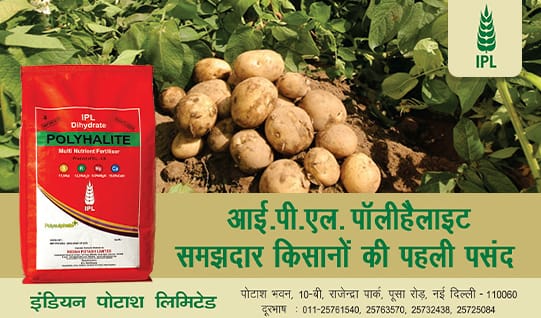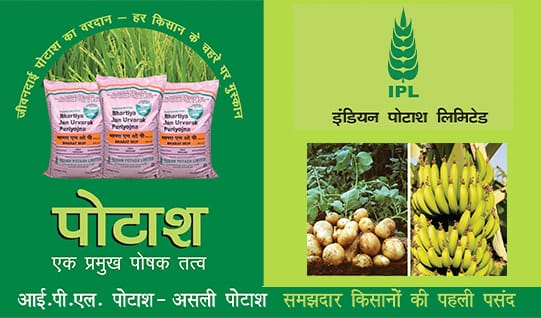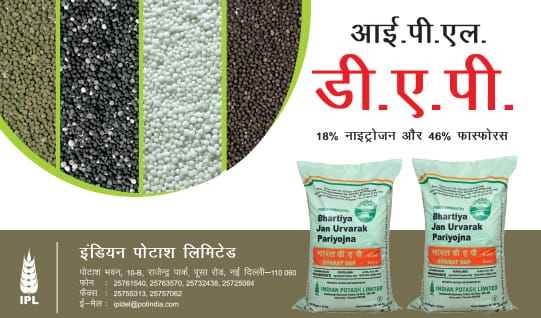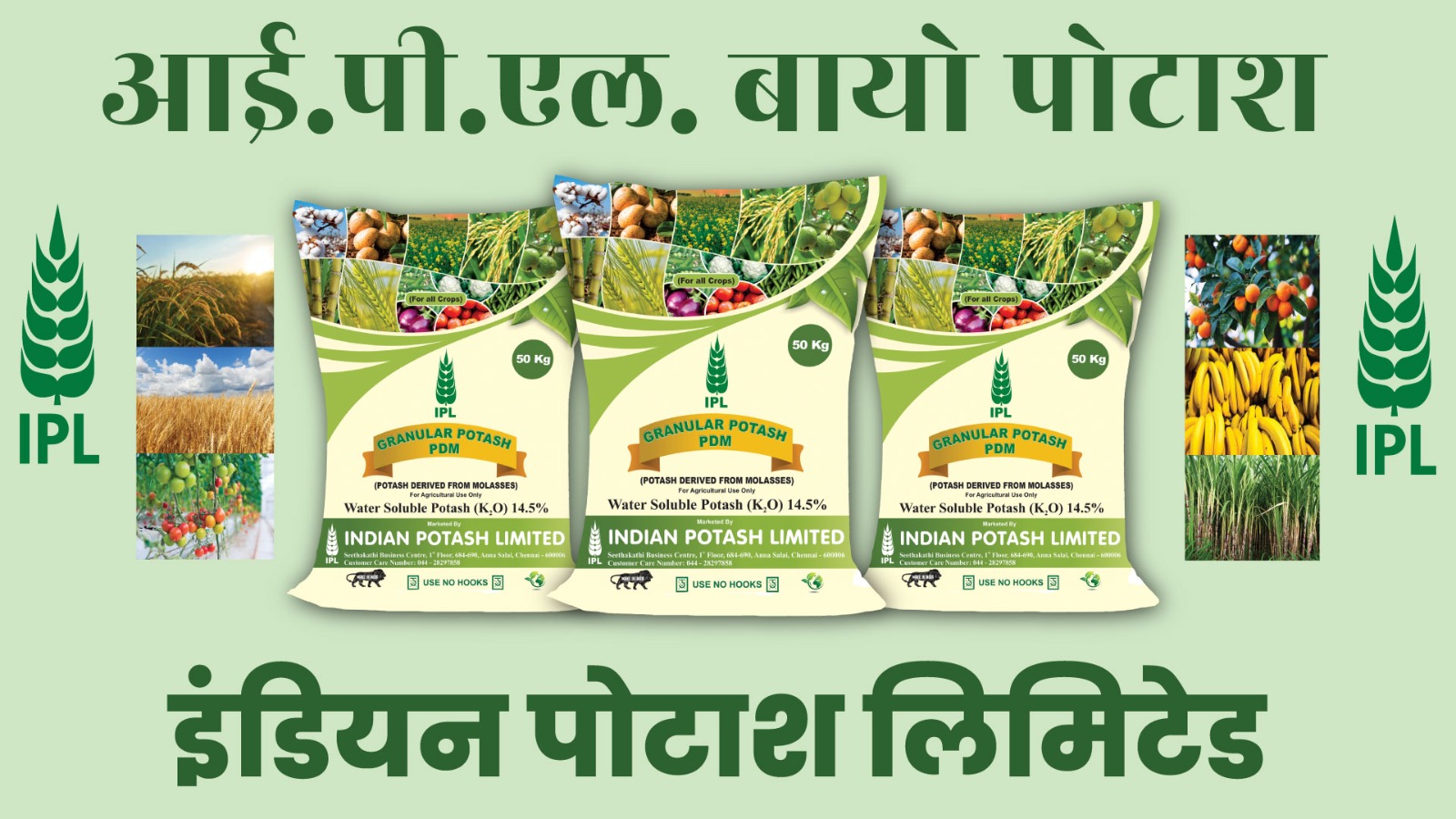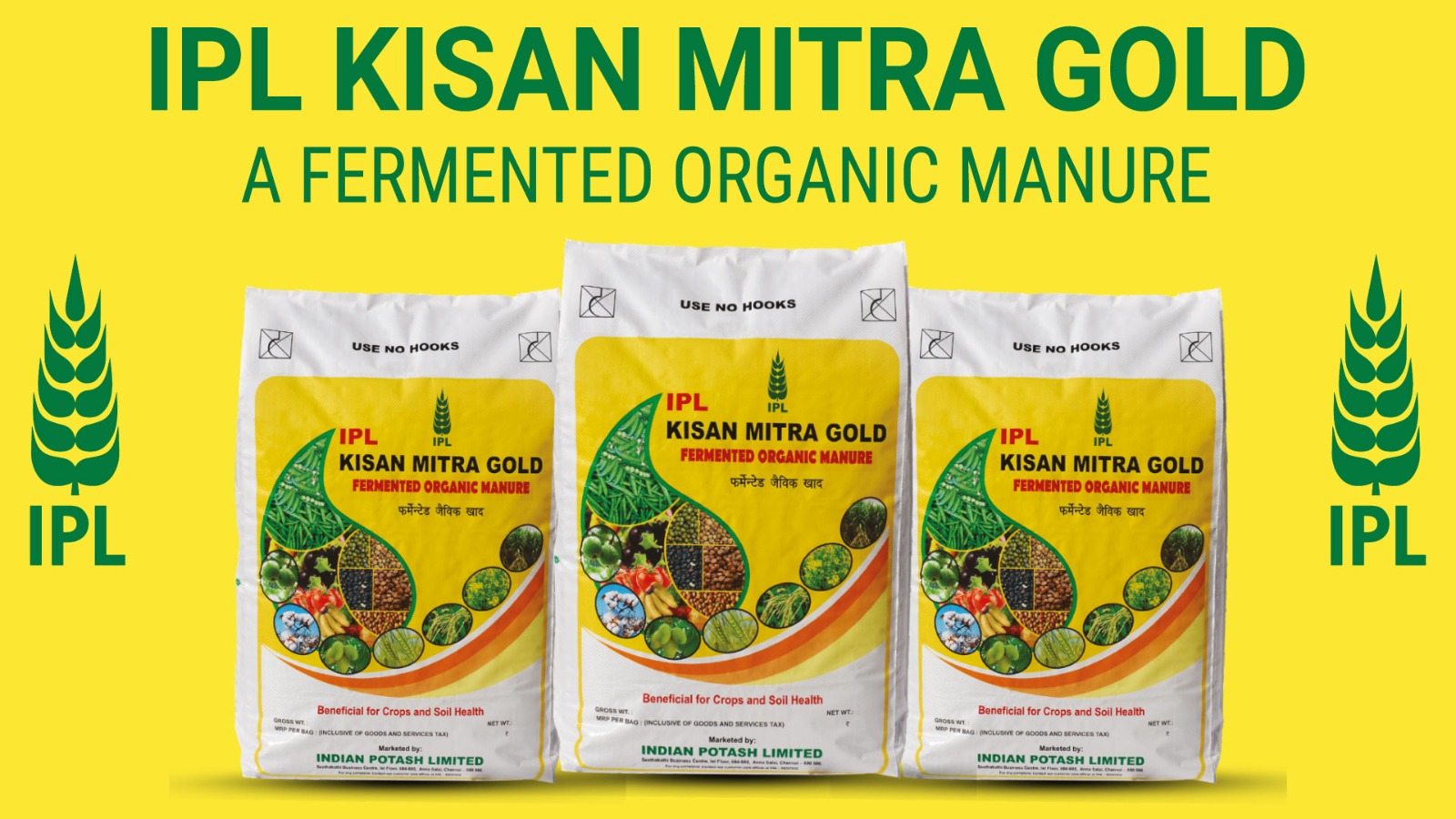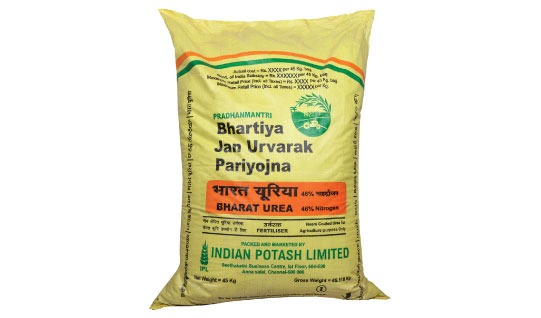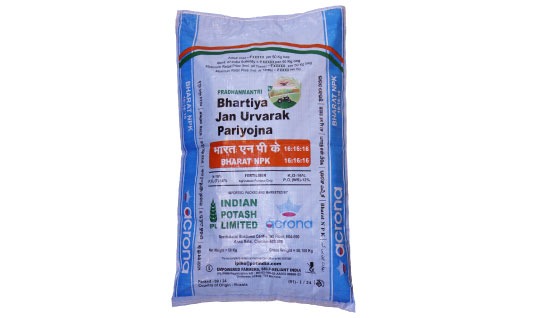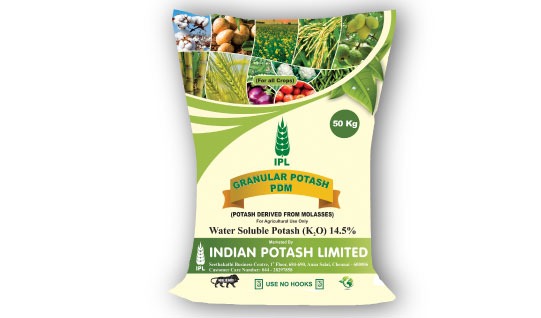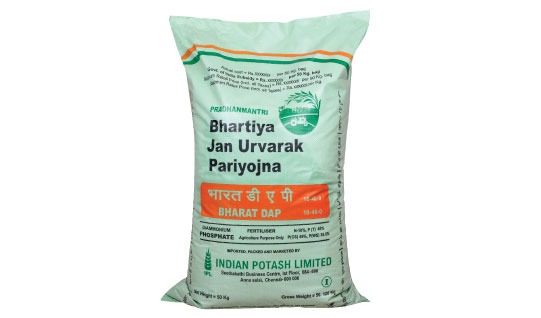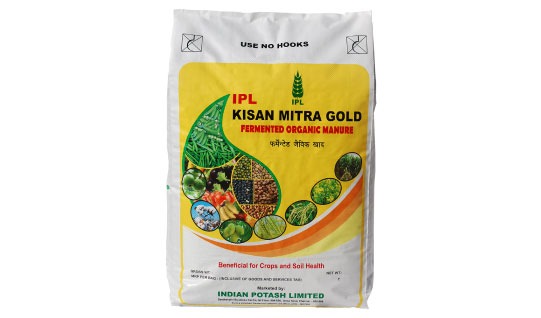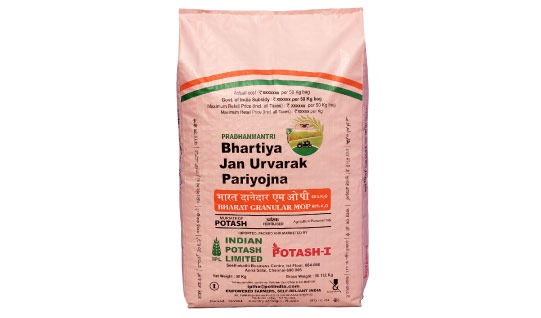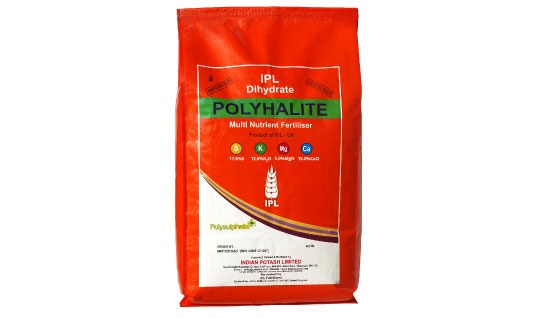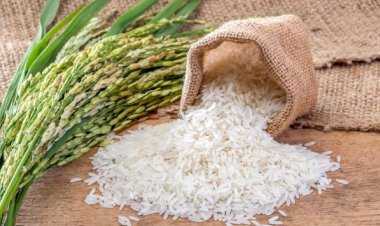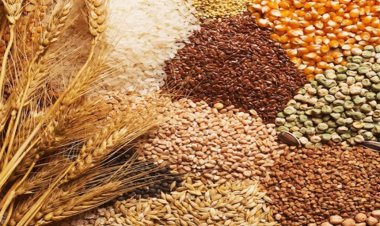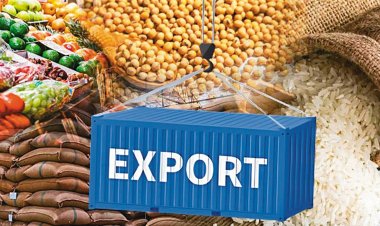Cereal And Sugar Prices Decline In March, But Veg Oil Up By 3.7% In Global Market
The FAO Cereal Price Index declined by 2.6 percent in March and was down 1.1 percent from March 2024. Global wheat prices dropped as concerns over crop conditions in some major Northern Hemisphere exporters eased.
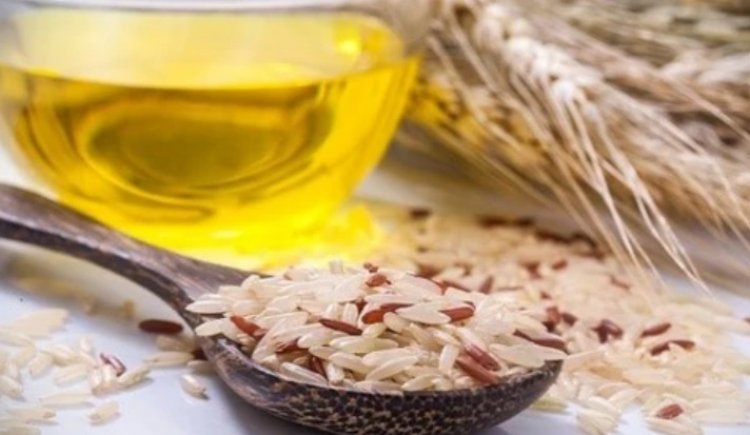
The FAO Food Price Index averaged 127.1 points in March 2025, remaining nearly unchanged from February. Declines in cereals and sugar price indices offset increases in those of meat and vegetable oils, while the dairy price index remained stable. Overall, the Index was 8.2 points (6.9 percent) higher than its corresponding level one year ago but remained 33.1 points (20.7 percent) below its peak reached in March 2022.
The FAO Cereal Price Index declined by 2.6 percent in March and was down 1.1 percent from March 2024. Global wheat prices dropped as concerns over crop conditions in some major Northern Hemisphere exporters eased. However, the decline was moderated by currency movements, tighter supply pressure in the Russian Federation, and Türkiye’s removal of its wheat import quota.
Following several consecutive monthly increases, world maize prices also declined in March, driven by improved crop conditions in Brazil with recent rainfall, the start of the harvest in Argentina, bearish projections for the coming season in the United States of America, weaker-than-anticipated import demand from China, and concerns over trade policy changes in various countries. Among other coarse grains, world sorghum prices declined, while barley prices increased slightly. Meanwhile, the FAO All Rice Price Index declined by 1.7 percent in March, as weak import demand and ample exportable supplies kept export quotations under downward pressure.
The FAO Vegetable Oil Price Index averaged 161.8 points in March, up 5.8 points (3.7 percent) month-on-month and remaining significantly higher (23.9 percent) than its level a year earlier. The continued increase in the index was driven by higher prices of palm, soy, rapeseed and sunflower oils. International palm oil prices rose for the second consecutive month, primarily due to persistently tight supplies in major producing countries in Southeast Asia, where outputs were at their seasonal lows. Quotations for palm, soy, rapeseed and sunflower oils all rose, driven by robust global import demand.
The FAO Dairy Price Index stood at 148.7 points in March, unchanged from February 2025 but still 24.6 points (19.9 percent) higher than its value a year ago. The index stability reflects a decline in international cheese prices offset by increases in butter and milk powder quotations. International butter prices increased for the third consecutive month, up 3.9 percent compared to February, driven by strong retail sales and growing international demand amid seasonally declining supplies in Oceania and sluggish production in Europe. Skim milk powder prices increased for the second consecutive month, supported by combination of strong international demand and tightening supplies.
The FAO Sugar Price Index dropped by 1.6 percent in March, mainly driven by signs of weaker global demand. Recent rainfall in key sugarcane growing areas of southern Brazil further contributed to the decline, while deteriorating production prospects in India and continuing concerns about the overall outlook for the crop in Brazil limited the price decline.
The FAO Meat Price Index also rose, increasing by 0.9 percent on the month and 2.7 percent on the year, primarily due to higher pig meat prices in Europe after Germany regained foot-and-mouth-disease-free status and the strengthening of the euro against the United States dollar. World poultry meat prices remained largely stable in March, despite the continued challenges posed by widespread avian influenza outbreaks in some major producing countries.
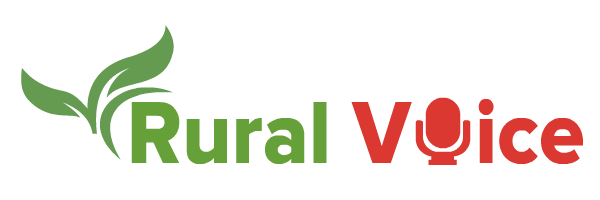


 Join the RuralVoice whatsapp group
Join the RuralVoice whatsapp group
